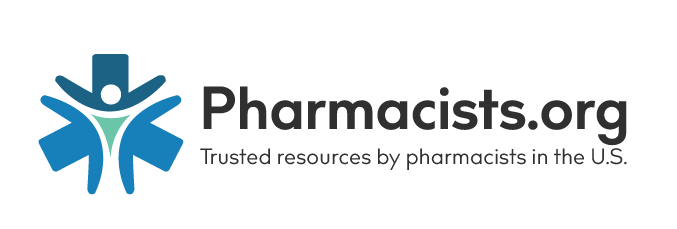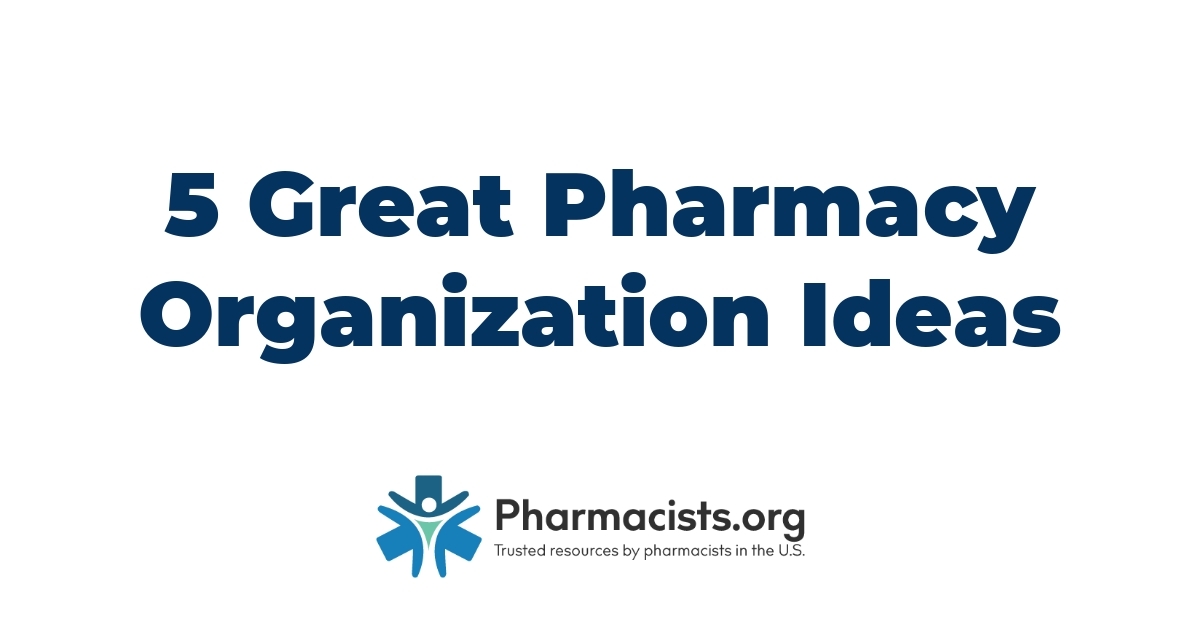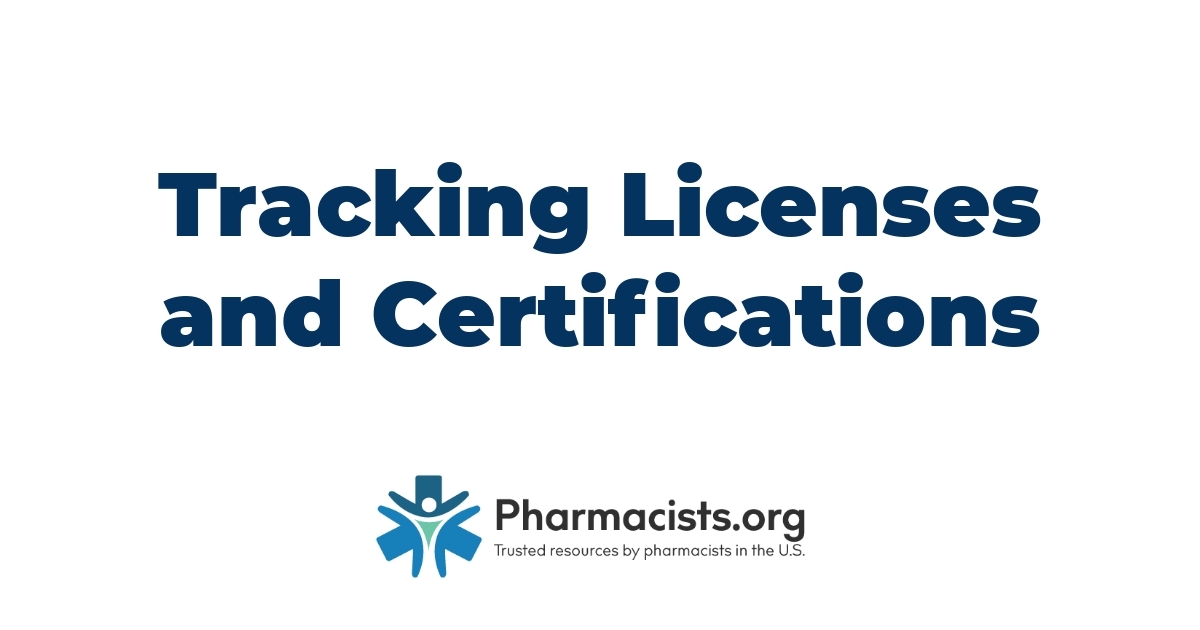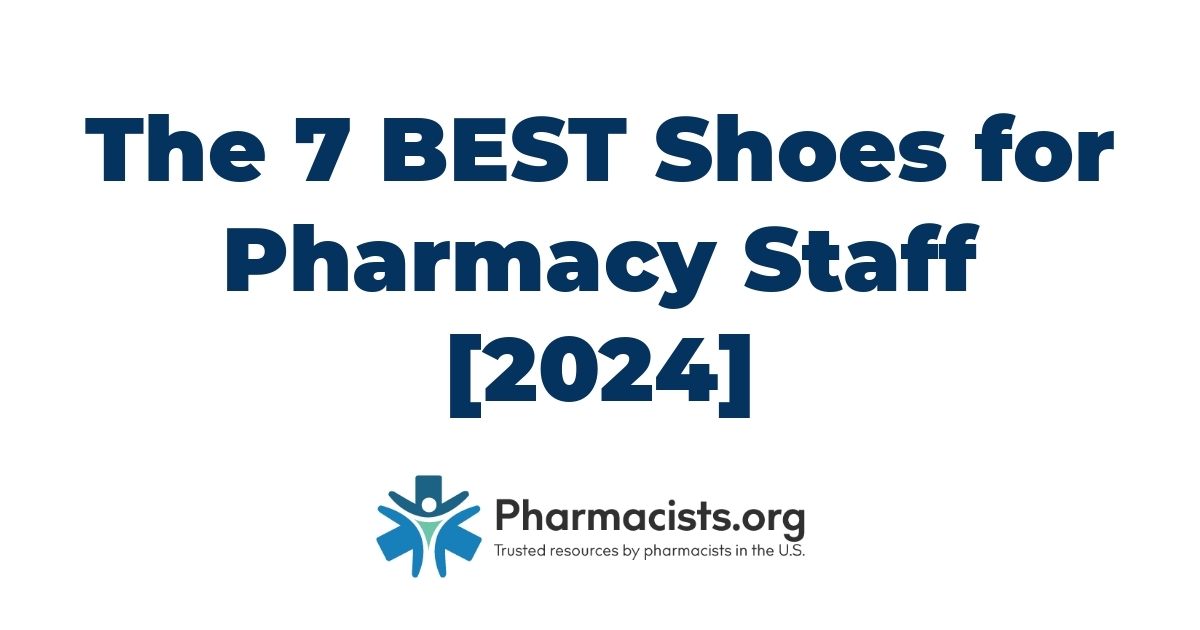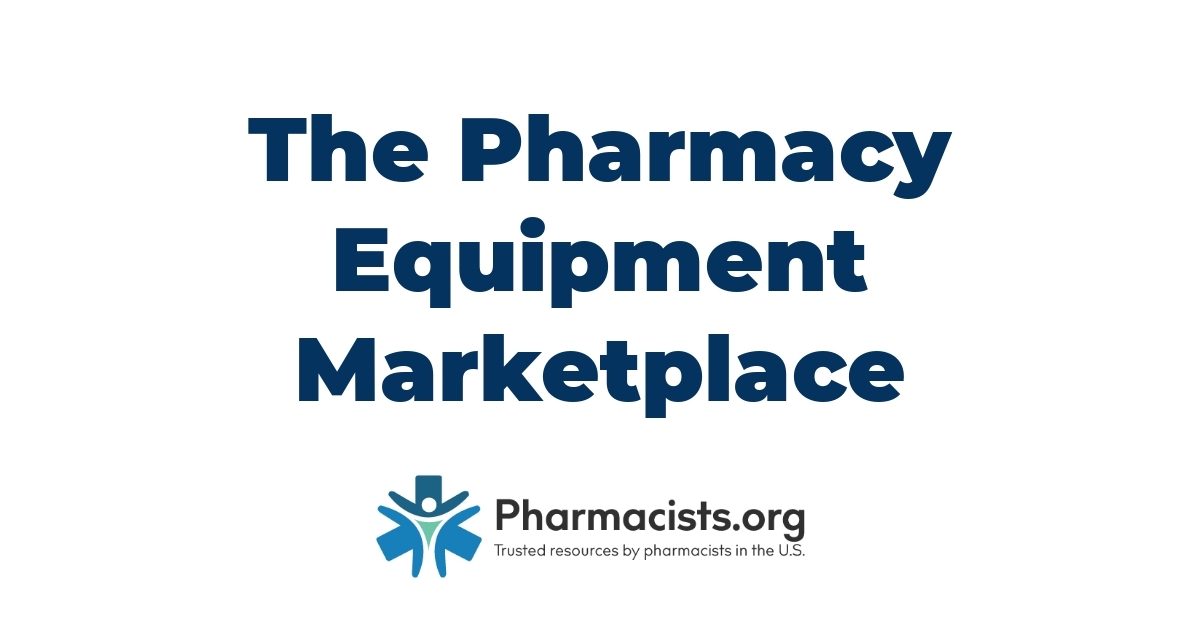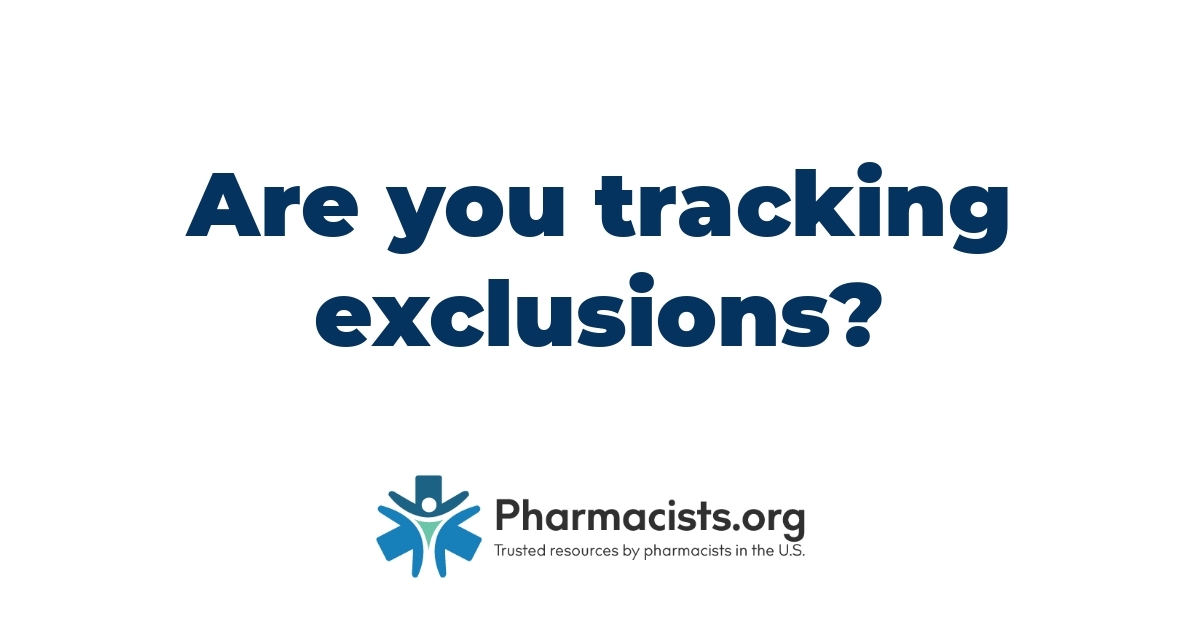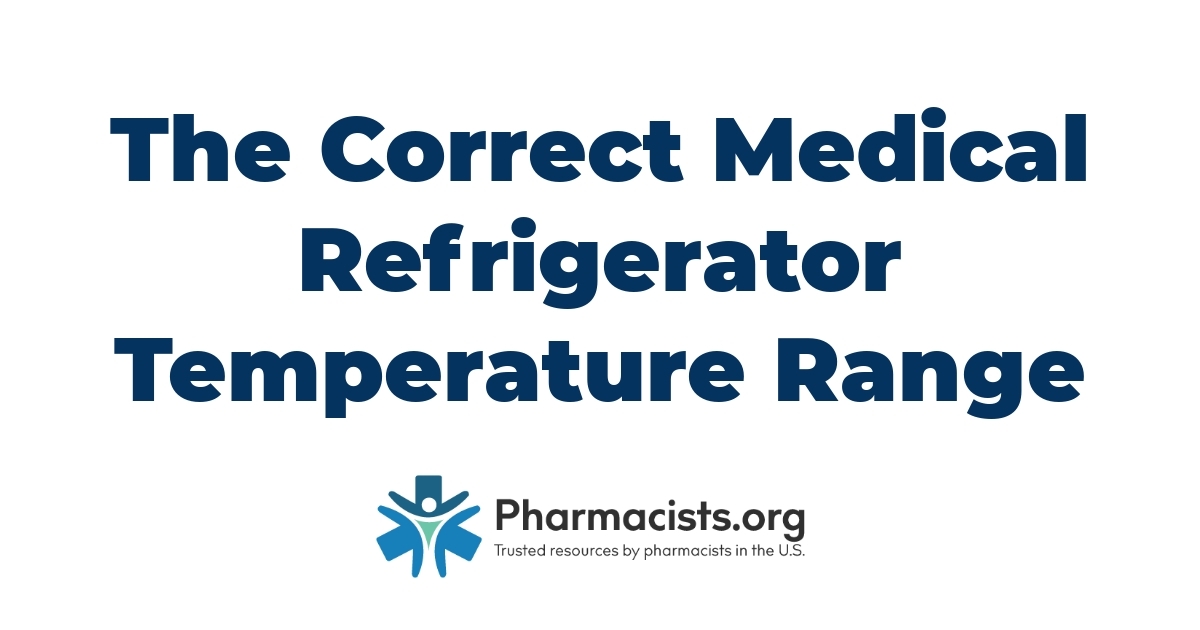It’s no secret controlled substances are one of the biggest subjects of any pharmacy inspection, so if your pharmacy doesn’t have a good handle on them it’s time to start!
One thing I’ve heard pharmacists say before, when companies set new rules in place for controls, is — “Don’t they trust me?“
The answer to that question please …. (drum roll) … NO.
Nor should they.
In fact, if you are a trustworthy person, having tight procedures with controlled substances protects you. Why? It makes it much less likely you would ever be accused of something you didn’t do because of messy records or sloppy procedures that have lots of gaps in it. It is easier to argue your innocence when there’s a clear paper trail.
Now that we have that out of the way, where should we start?
I like to break down the process of tracking and accounting for controlled substances into each step of ‘processing,’ for lack of better words, in the pharmacy – ordering, receiving, dispensing, and wasting.
During each of these steps there has been and is potential for diversion in pharmacies.
Here’s an illustration of the whole process with an overview of ways to protect from diversion during each step:

Table of Contents
Ordering
The first step in the life cycle is ordering controlled substances.
Get separate usernames on your wholesaler’s site
I don’t know how many places I’ve walked in to that allow everyone to order off the same username. If you do that, then who ordered the last bottle of Xanax that just came in? What if it was ordered but didn’t come in? What if multiple bottles go missing?
Even worse, what if you discover that over the past year bottles and invoices were missing when the drugs came in, so that you weren’t able to catch it? You obviously need to know who did the ordering, but now you’re up a creek without a paddle.
With only one common username there is zero individual accountability. Get separate usernames for all staff so there is individual accountability for ordering.
If possible, have your wholesaler restrict control ordering to pharmacists only
If anyone at McKesson is reading this, I’m calling you out for not allowing us to restrict access on McKesson Connect. Shame on you! I’ve asked more than once and you’ve told me no. Your programmers should be able to fix this easily.
For those with a wholesaler that can restrict ordering rights to certain usernames, why not limit the hands in the cookie jar and restrict all control ordering (C2-5) to pharmacists only? There will always be a pharmacist on duty to order those items at the end of the day, and it limits the opportunity to divert them.
Don’t buy 500 count bottles of C-II’s
So you thought you were a big boy and bought a 500 count bottle of Percocet and now you’re missing a pill. Problem is, that bottle’s been open for two weeks and is supposed to have 139 in it, and you have no idea when the pill went missing. Did it only come with 499? Was there a miscount? Did that float pharmacist you only hired once partake in it?
You’ll never know now. Save yourself the headache and never buy 500 count bottles.
In the case that’s all you can get (it happened to me once), if state law allows break them up into 100 count sections in vials as soon as it comes in (keep in mind, that now will need a one year beyond-use date). Sign off on it, seal them with tamper tape, and then back count each vial just like it’s a stock bottle.
Receiving
Once they come in, you’ll need a good process for receiving controlled substances. Here are some tips.
Require two signatures for all controls
Some pharmacies approach the separation of duty by not allowing the same individual who ordered the control to check them in. I personally think that’s impractical for most pharmacies; what if the same pharmacist is working two days in a row? If you’re only allowing pharmacists to order then you’ll be stuck only allowing the technician to sign the controls in.
A better way is to require two individuals (with at least one being a pharmacist) to sign-off on the controls when they are received. Yes, one might be the same person that ordered them, but the second individual acts as a safeguard.
For obvious reasons, it shouldn’t be the same two people checking them in each time, though.
Dispensing
Most pharmacies have good procedures in place for dispensing controlled substances, but here are some points that can get missed.
Ensure your computerized inventory is correct
This one is basic, but there are some pharmacies not there yet so I wanted to include it. Be sure your on-hands in the computer match the stock you have.
I personally set the margin of error at the same level as the DEA – for CII’s, the count must be exact at inventory; for CIII-V, an estimate is acceptable (a controlled substance inventory requires exact counts for CII and estimates for CIII-V).
Each variation should be investigated first before being changed in the computer, and it is best to keep documentation of those changes in case it comes up later and you get questioned about it.
Count the controls you touched at the end of the day
I had never done this before until I started in my current location, but we run a report in our pharmacy dispensing system at the end of the day that gives us the computerized on-hand of all the C-2’s that were processed that day. We then go back and count them to be sure they’re right before leaving for the day.
When I first saw this, I thought it was a little overkill (I came from a tourist pharmacy on Maui that did almost no controls), but I eventually became sold on the benefits of it. We do quite a few controls at our location because we’re an outpatient pharmacy that services large oncology and surgery service lines, so if we make an error with Norco, for example, and it takes us a week to catch it, it will be a complete mess. I might have to bring my sleeping bag it will take so long to find it.
Document variances before adjusting the logs (C2 log or computerized inventory)
While the DEA only requires that you report ‘significant,’ unexplained loss, which most would argue one or two pills is not, it is best to keep a log. Even though most computer systems will allow you to run a report, what they won’t usually allow is for you to document a reason each time it’s adjusted. Was it because there were only 99 in an unopened bottle? Was there a broken tablet you wasted?
Without a log to document your reasoning, one of two things could happen:
1. Legitimate reasons, unrelated to diversion, could look like a pattern of diversion, or
2. You could miss a pattern of diversion in another employee
Need a log? I’ve got a simple one in the available for download.
Wasting
Wasting damaged or expired controlled substances might be one of the most commonly missed part of a pharmacy’s controlled substance management plan.
Keep records of wasted controlled medications
I’ve been to more pharmacies that don’t track their expired/wasted controls than do, which always baffles me. I’ll walk in and there will be a lovely mixture of Ativan, Norco, Percocet, and Adderall broken tabs all sitting in a 10-dram vial, waiting for someone to enjoy them with no traceability.
Not only could a staff member (or cleaning/maintenance staff) help themselves to an unidentified bottle of magic like that, it would be easy enough for a pharmacist (possibly even a technician) to “waste” a Schedule II med in the log and take it instead of adding it to your concoction.
To prevent this, each control pill should be logged in a separate waste log and then locked up until the reverse distributor comes to take them. It’s a good idea to keep the C2’s on a separate log than the C3-5’s since those records generally need to be kept separate.
Once your reverse distributor comes, match your log up to the list they give you to be sure they have documented everything.
Sign up for your reverse distributor’s online account
My Inmar rep has saved my butt before when I was doing an inventory and had a control that I ultimately found out was expired but could not locate the associated invoice for at the time.
After he looked up my account over the phone to confirm he had taken that bottle for the expires, he got me access to their online account where I can search for them. You of course still need to keep invoices, but when you’re investigating a discrepancy that online account is amazing!
I am a pharmacist, community pharmacy consultant, and medical writer with over 12 years of clinical practice experience in community, outpatient health system, long term care, and academic settings. I am also the founder of PharmCompliance.com, a website dedicated to the success of community pharmacy.
As a pharmacy project manager, I led the implementation of new service lines, assist with ensuring legal and third-party compliance for over 70 retail stores, lead quality improvement and medication safety initiatives, write policies, procedures, and best practices for all our retail sites, and help with optimizing revenue cycle and pharmacy profitability. I have been responsible for DMEPOS and vaccine accreditation through CMS, obtaining new licenses and permits, and implementing a prescription drug kiosk embedded in our physician offices.
As a medical writer, my work has been featured in GoodRx, Pharmacy Times, Drug Topics, Patient Care Online, and in peer-reviewed journals. I have also given presentations on a range of topics, from disease state pharmacotherapy for medical residents to updates on the CDC vaccine storage and handling guidelines for a medical-grade refrigerator and freezer manufacturer. I have written and presented continuing education for CEImpact, FreeCE, AchieveCE, Ascension Health, and the Florida Department of Health.
